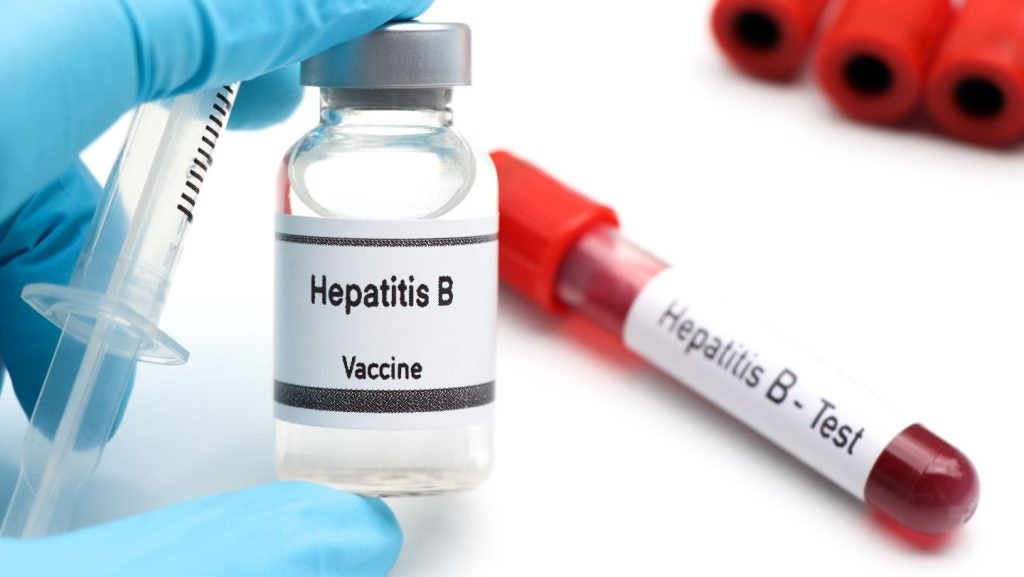As Covid-19 enters an endemic stage, the FDA is poised to join the ranks of organisations establishing a hybrid approach to work. The agency is now combining traditional on-site visits with interactive virtual monitoring as part of a new remote regulatory assessment (RRA) program.
Though the FDA first introduced RRAs during the Covid-19 pandemic, the agency recently released draft guidance on plans to permanently expand the program. RRAs allow the FDA to remotely monitor clinical trial and manufacturing sites, including online document reviews, virtual meetings to verify records, and livestreamed site inspections. Already, the FDA has used RRAs to identify unreported adverse events and incomplete corrective actions, an FDA spokesperson tells Clinical Trials Arena.
Experts say RRAs could streamline regulatory decisions and give sponsors quicker feedback on site compliance. However, the FDA will likely be selective in how it applies RRAs, making technological know-how and strong compliance key to staying ahead.
With the FDA’s hybrid approach to regulation officially locked in, the onus falls on sponsors to build the technological capabilities to keep up with the future of regulation.
Building digital infrastructure
The FDA can use RRAs to review documentation and records for clinical trial sites digitally, verifying data-reporting and safety compliance in real-time, explains Martha Wrangham, director of compliance and data protection at Reify Health. To ensure compliance, sponsors should implement robust data-sharing infrastructure with all clinical sites, paying particular attention to back-end security, Wrangham explains. “You don’t want something that looks really shiny but doesn’t meet the stringent regulatory needs,” she notes.
See Also:
Any digital infrastructure should ensure data integrity is preserved throughout the entire lifecycle of that datapoint while appropriately de-identifying patient information, Wrangham notes. Sponsors should carefully track and apportion software access according to the role of each person interacting with the data, minimizing any risk of data alteration, she adds.
How well do you really know your competitors?
Access the most comprehensive Company Profiles on the market, powered by GlobalData. Save hours of research. Gain competitive edge.

Thank you!
Your download email will arrive shortly
Not ready to buy yet? Download a free sample
We are confident about the unique quality of our Company Profiles. However, we want you to make the most beneficial decision for your business, so we offer a free sample that you can download by submitting the below form
By GlobalDataThough many trial sites are embracing digitalisation, some sites remain hesitant due to perceived security risks of migrating online, Wrangham notes. Without online software, trial sites manually record datapoints on paper or individual Excel sheets, requiring tedious document compilation and in-person visits to verify any data.
Though changing data management can be time consuming in the immediate term, it ultimately provides greater security and efficiency in the long run, Wrangham adds.
Eyes on the ground
To comply with RRAs involving virtual inspections, sponsors will need strong connectivity, IT support, and security and privacy guarantees to support livestreaming. But when it comes to site inspections, sponsors should not expect in-person visits to completely vanish, a former FDA official tells Clinical Trials Arena.
The FDA will likely use RRAs to significantly reduce the number of regulators needed on location, while still sending at least one regulator on site, the former FDAer explains. Though livestreaming technology has vastly improved, there is still no substitute for having “eyes on the ground,” she says.
Overall, the FDA is more likely to embrace remote assessments for organisations and sites that have a strong track record of regulatory compliance, the former regulator adds. Meanwhile, less established sites will likely continue to see significant in-person monitoring, she notes.
The FDA spokesperson tells Clinical Trials Arena that there are certain scenarios in which inspections are more appropriate than RRAs, due to limitations of remotely assessing a firm’s compliance with federal law. For example, if a firm’s previous inspection was classified as “official action indicated,” the agency would inspect the facility to ensure corrective actions have been completed, he explains.
Any volunteers?
The FDA’s remote regulation fall into two categories: voluntary RRAs and mandatory RRAs. Voluntary RRAs ensure clinical studies and FDA-regulated establishments comply with agency requirements, while mandatory RRAs can apply to any records subject to inspection.
Though sponsors can decline any voluntary RRA, it will likely lead to significant delays in regulatory decisions, the former FDA official explains. In this case, the FDA would likely delay any decisions until it has the capacity to visit a site or meet with a sponsor in person.
However, it is unlikely sponsors would decline a voluntary RRA unless they lack the technology capacity to comply, Wrangham adds. Because of the potential for delays, sponsors should invest in the technology to prepare for future voluntary RRAs, she notes.
The FDA spokesperson says the agency uses a risk-based approach to determining when and how to allocate RRAs. For bioresearch monitoring inspections, the FDA considers risk factors including compliance history, complaints associated with the site, enrollment numbers, number of protocol exceptions, and data anomalies, the spokesperson explains.
Where is regulation headed?
When the FDA first established RRAs, it was out of necessity when Covid-19 first put the world in a standstill, the former FDA official explains. And though RRAs have benefited the FDA, the agency spokesperson adds that sponsors can also stand to benefit as remote regulation becomes a permanent fixture. In particular, RRAs could enable firms to make corrective actions prior to their next inspection, increasing the time before the next FDA in-person inspection, he explains.
Nevertheless, embracing new technologies comes with its fair share of challenges. As sponsors and their partners (e.g. CROs etc.) adopt digital software to work with sites, developers point to challenges in safely integrating communication between products. Meanwhile, the plethora of decentralised clinical trial tools and interactive response technology options can make digitalising the clinical trial process a daunting task. Overall, the FDA’s adoption of more widespread RRAs, like the EU’s recent rollout of an updated online clinical trials database, could see short-term hiccups before the efficiency benefits materialize.
Above all, Wrangham says all signs point to RRAs becoming a mainstay of the regulatory process: “If I were to summarize the FDA guidance in one sentence, it would be ‘Remote assessments are here to stay.’”
Takeaways:
- The FDA’s new draft guidance on RRAs signals the agency’s commitment to a hybrid approach of interactive virtual regulation alongside in-person inspections.
- When building the digital infrastructure to comply with RRAs surrounding trial data, sponsors should prioritize patient data privacy and back-end security.
- Though RRAs could reduce the number of in-person regulators during inspections, the FDA will continue sending officials on site—especially where there are past compliance issues.
- Though some RRAs are voluntary, sponsors should ensure they have the digital capabilities to comply to avoid significant delays in the regulatory process.







